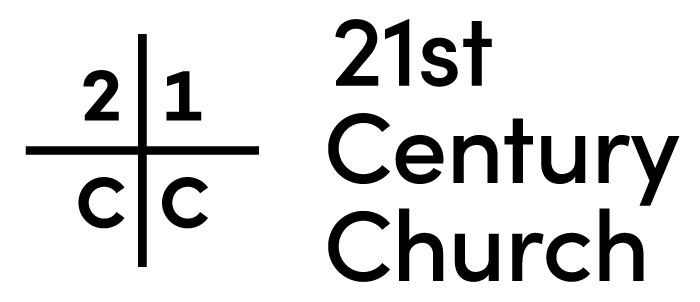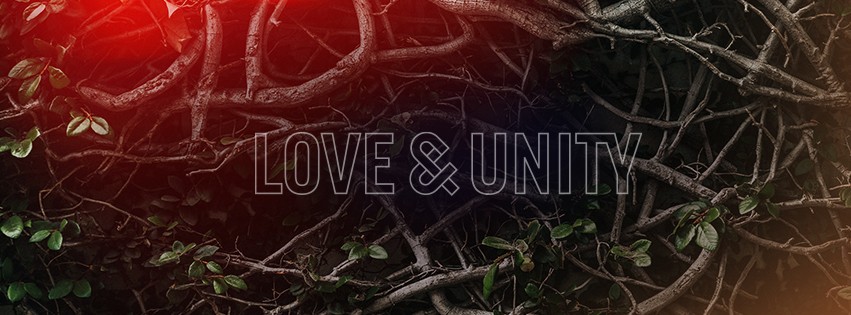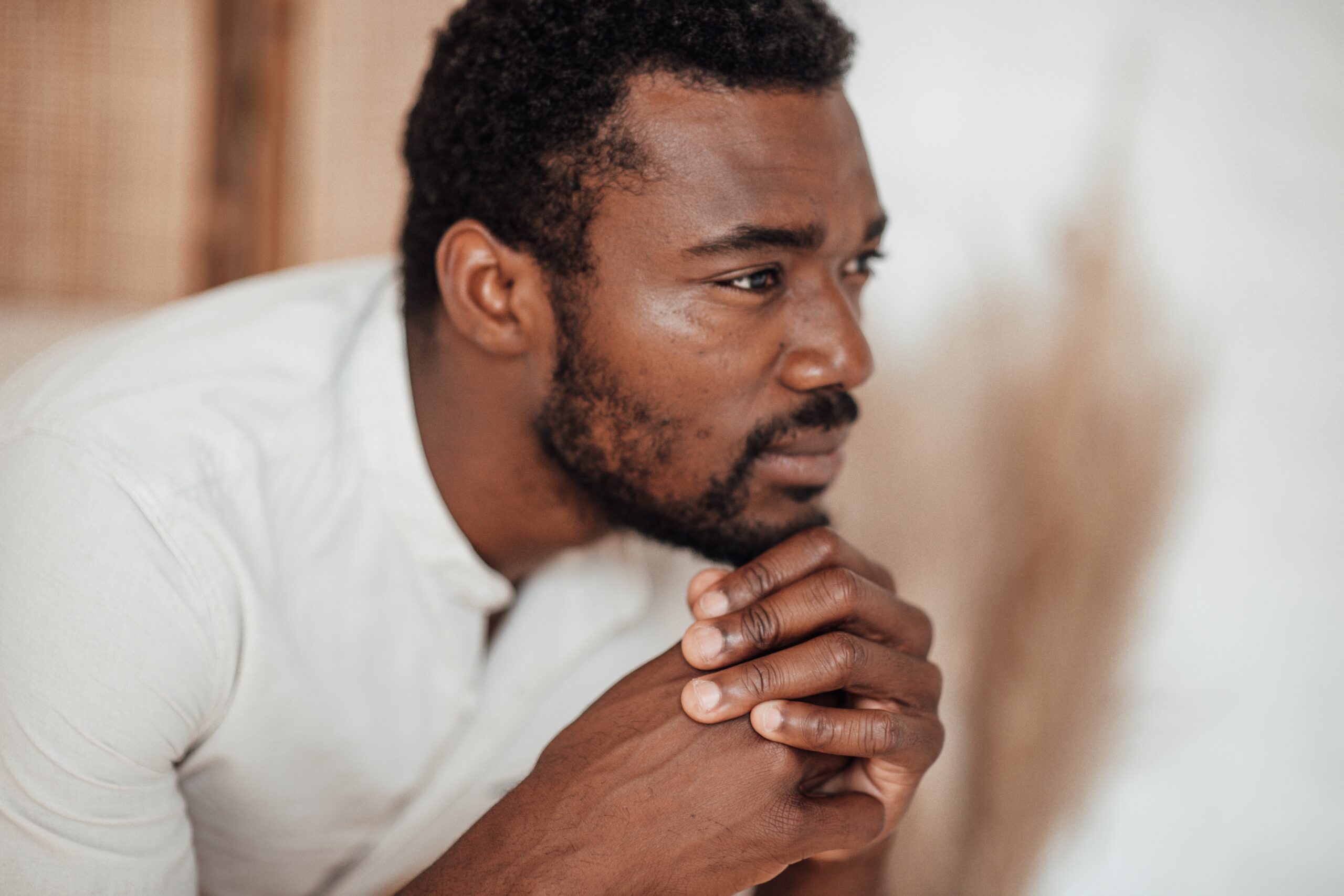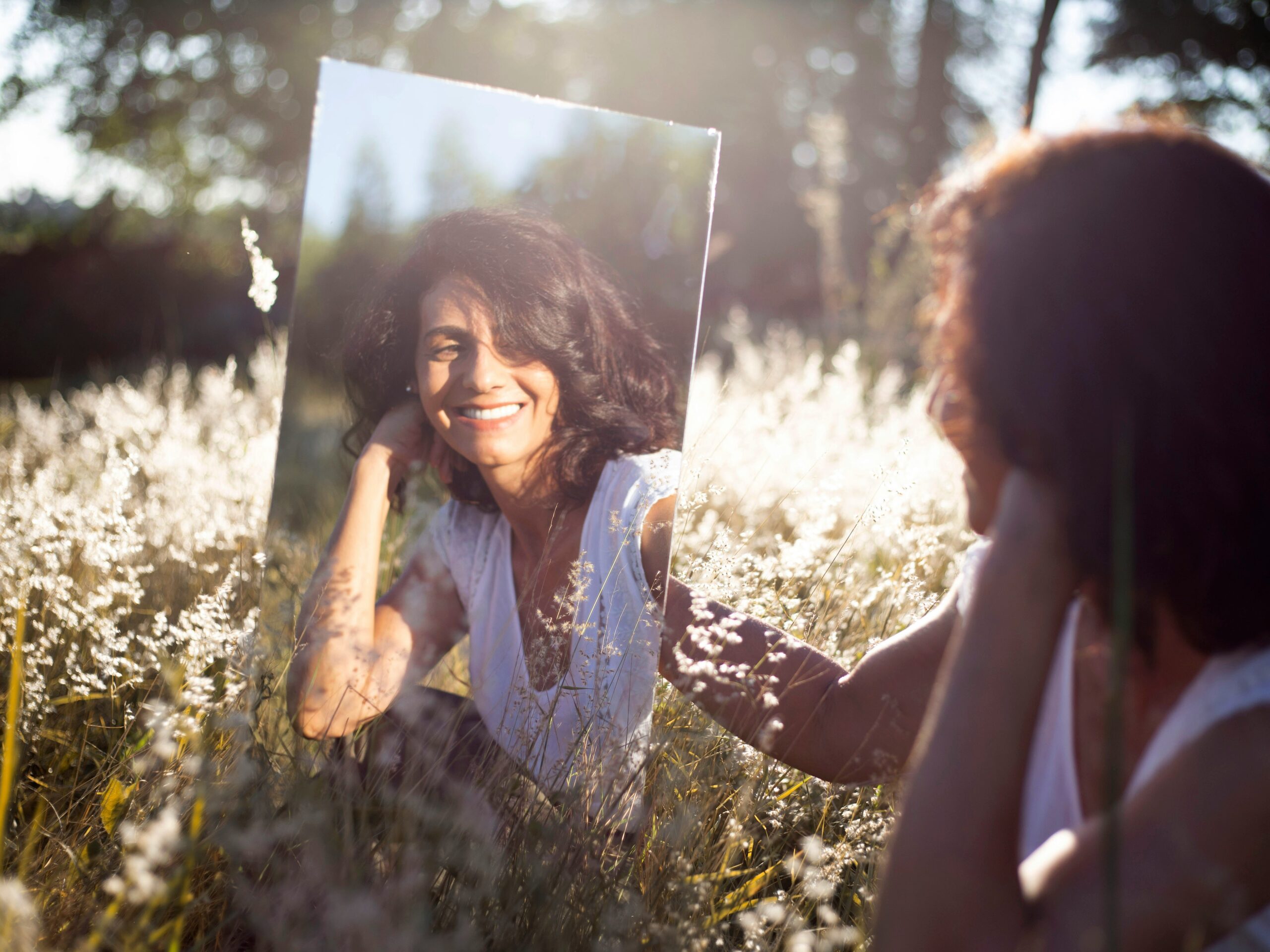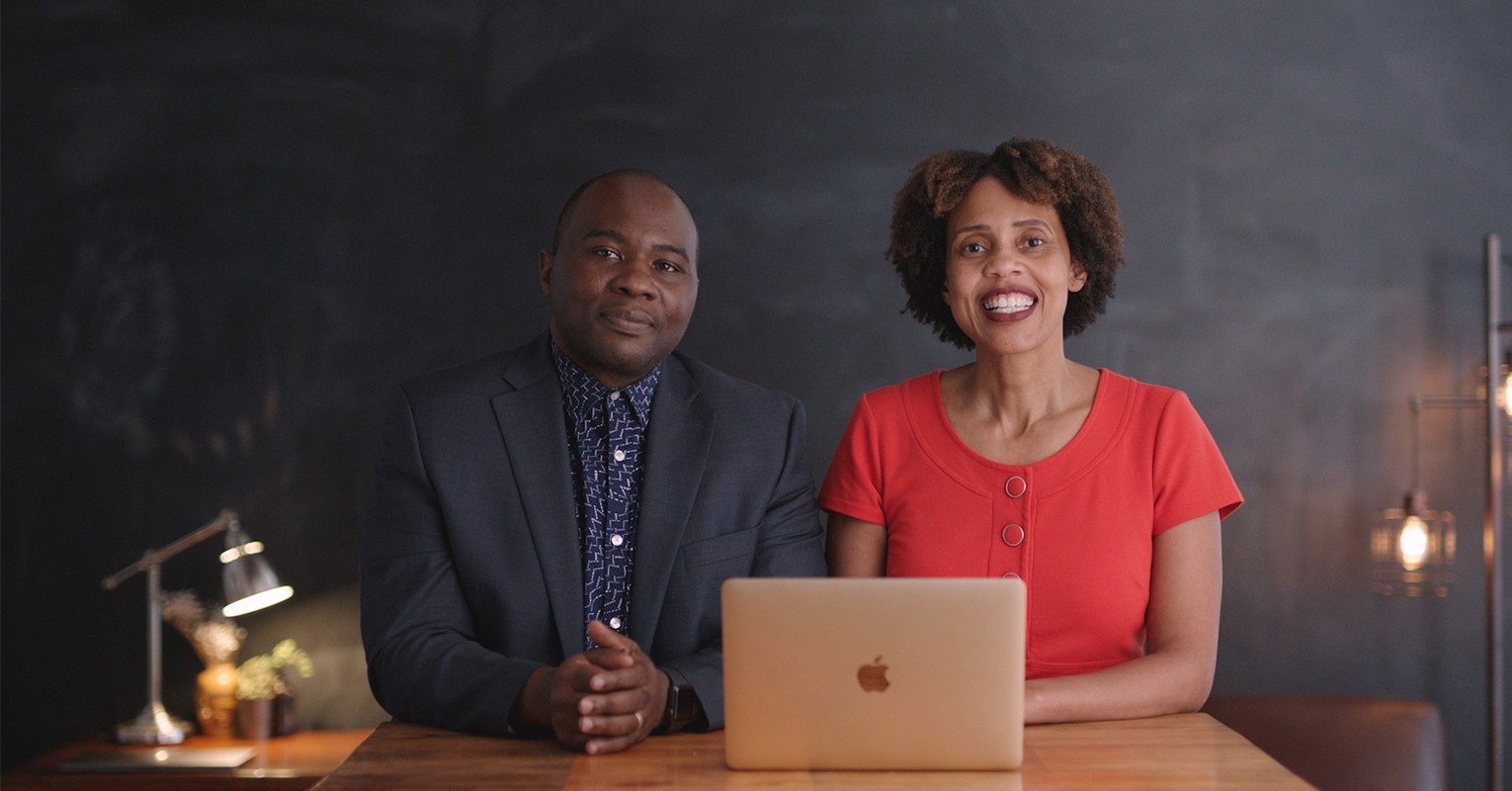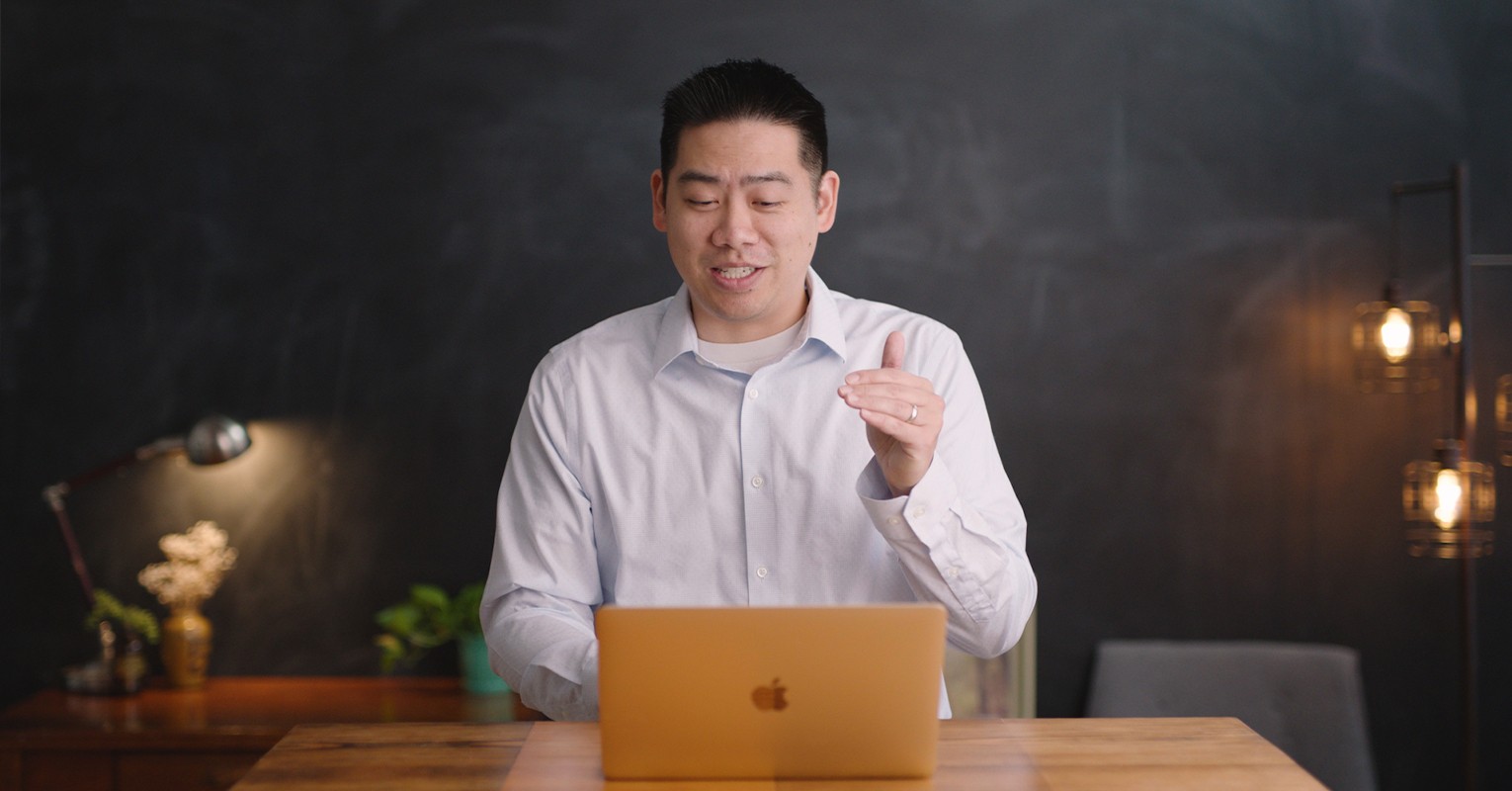After my wife and I had been involved in multiethnic churches for over ten years, we felt a distinct impression from the Holy Spirit during prayer, “I didn’t call you to multiethnic.” Momentary panic set in as we grappled with the potential of wasted years. Thankfully there was more to the message: “I’ve called you to Love & Unity.”
In the years since that night, we’ve come to more fully understand and appreciate that message. Churches that are multiethnic, multicultural, or multiracial are biblical and good. However, if you strive for those things, you may get that, and only that. Until you focus on Love & Unity, there is no guarantee that the different ethnic, cultural, and racial groups gathered will show self-sacrificial love for each other or display unity as one Body of Christ. Further, attempts to be a multiethnic church often exclude gender and other forms of bias that equally demean the image of God in God’s people.
“Attempts to be a multiethnic church often exclude gender and other forms of bias that equally demean the image of God in God’s people.”
OlaDele Okuwobi
At first glance, Love & Unity may sound soft, but trust me, it is not. It’s a mandate with merit and probably the most Christ-like vision your church or any church start-up can pursue. By Love & Unity, we mean that we will actively combat any form of bias that seeks to position one person or group above another. Bias includes personal (conscious and implicit) and systemic bias (systemic bias can be defined as inequity within health, educational, governmental, judicial, legal, religious, political, financial, media, or cultural institutions towards individuals of an oppressed or marginalized group). Love & Unity is inclusive in that we frequently name race, class, and gender, but wherever the image of God in people is marred by bias, Love & Unity has a place in speaking out and acting against it. Love & Unity forcefully advances Kingdom ideals into the heart of the 21st Century Church with grit, resolve, and vigor in order to envision what Ephesians describe as One New Humanity. In this way, we believe we can see what Jesus prayed for in John 17:
- That all of them may be one, Father, just as you are in me and I am in you. May they also be in us so that the world may believe that you have sent me. I have given them the glory that you gave me, that they may be one as we are one— I in them and you in me—so that they may be brought to complete unity. Then the world will know that you sent me and have loved them even as you have loved me. John 17:21-23
- By setting aside in his flesh the law with its commands and regulations. His purpose was to create in himself one new humanity out of the two, thus making peace, and in one body to reconcile both of them to God through the cross, by which he put to death their hostility. Ephesians 2:15-16
Let’s talk about Love & Unity as it relates to gender
In many New Testament encounters, Jesus acted on the principle of Love & Unity. For example, he spoke out and acted against male religious leaders to stop a woman from being stoned to death. Standing with the woman who had been caught in the sin of adultery clearly did not mean that Jesus affirmed adultery, but it does mean he affirmed the divine glory the woman possessed as an image-bearer. Furthermore, he took a stand against this mob who brought the woman out alone, as though she were the only guilty party. Jesus forcefully advanced the Kingdom principle of Love & Unity to combat bias. We see this again and again in his dealings with women. From having Mary sit at his feet as a disciple to having women become the first preachers of the gospel, women were affirmed and respected in Jesus’ ministry in ways that unapologetically went beyond the cultural prerogatives of the time.
“Standing with the woman who had been caught in the sin of adultery did not mean that Jesus affirmed adultery, but it does mean he affirmed the divine glory the woman possessed as an image-bearer.”
OlaDele Okuwobi
Let’s talk about Love & Unity as it relates to class
Although the early church in Acts 2:45 started with a bias towards socioeconomic equity and unity, we see a later departure. In 1 Cor. 11:17-34, a division arises rooted in socioeconomic divides between the haves and the have nots. The haves, those with means, divided the church with their bias to take care of themselves first by partaking in the meal of communion with decadence. They gorged on food while excluding the have nots, consequently engaging in what the Apostle Paul describes as “partaking of communion in an unworthy manner.”
Paul rebuked them for this in v. 22. At that time, the Lord’s Supper was a time to feed both their bodies and their souls. Those in higher socioeconomic classes were openly shaming those who were lesser in class and had to work a full day before they could show up to communion. The wealthier Christians’ class afforded them the privilege to completely cut themselves off from those in the body without means to participate in the lavish feasting; yikes!
It’s novel to view this situation from the lens of Love & Unity, but if you look at the text carefully, these ideals leap off the pages. Self-examination before communion is not about primarily our individual sins, but about whether we have discerned our position relative to the whole Body of Christ. “Eating and drinking the cup of the Lord in an unworthy manner” therefore includes any eating or drinking that reinforces divisions by class. Just as meals at that time defined what a community was about, our gatherings, words, and actions define us today. We therefore ask, “what then do class divides in our coming together tell others about the nature of Christianity?”
Let’s talk about Love & Unity as it relates to race
Culture
Culture includes “those normal, taken for granted ways of believing, thinking, and doing; it also includes things like food and art, dress, technology, and so on.” In short, cultural diversity can be understood as the ideas, values, practices, and material objects that allow a group of people to carry out their collective lives in relative order and harmony. The fact of the matter is that almost all churches are culturally diverse, for example, by generation. Her point is this –– all the attendees of a church can be of the same race and ethnicity, and the church can still be multicultural.
Ethnicity
Ethnicity, on the other hand, can be understood as describing a group with a shared history, religion, language, and culture that has common ancestry and a sense of shared destiny. Dr. Little Edwards again explains that “ethnic groups use culture i.e. the particular ways of believing, thinking, and doing to make it clear to themselves and others who they are, to foster that connection to develop a sense of the we.”
Race
Race differs from both culture and ethnicity, in that it should be understood as a system of hierarchies created to justify inequality that operates via meaning assigned to physical appearances. It is primarily about power. So what does that mean?
Assigning people into a racial category allows the powerful group to be able to assign meaning to people; the powerful group wields power to assess the other groups and decide what they will think, believe, and feel about the less powerful groups. Unfortunately in our beloved America, we have a history of over four hundred years of one group i.e., whites, having the freedom to pass laws and build institutions based on how they think, believe, and feel about Black people, Indigenous people, and people of color, solely based on appearance. Still with me?
The racial unrest in 2020 can be understood as the consequence of centuries of America not going through the proper journey of repentance for establishing the racial construct of a race used to justify injustice against Black, Indigenous, and People of Color. (BIPOC).
Like wetness is to water, racism is intrinsically woven into America’s fabric and evident in the Church. Although many churches are dealing with significant challenges that have to do with multiethnic and multicultural complexities, very few are ready to talk about race. Why? It requires the church to root out all the places where it has elevated one racial group above another. As church planters, this requires us to ask, “where do my models of doing church come from? Am I including or largely ignoring traditions coming from BIPOC to focus on White megachurch models?” Another great question is, “Does my ‘target audience’ delineate people I am willing to pass by with the gospel.” Finally, “where is my silence or inaction telling BIPOC that their concerns and issues are of limited importance?” Unless we deal with the power structures that elevate groups of people by race, we will never get to Love & Unity as the Church.
Love and Unity in action
While deciding to live into Love & Unity isn’t easy, we see the blessing of it every day. One of the greatest gifts of building our 21st Century Church community in a way that exemplifies equity is the theological richness that results. Recently, in our discussions of what it means to be all-in for building the Kingdom, the perspectives of believers coming from both Eastern and Western standpoints allowed us to see that being all-in is not just about what you are willing to die for, but what you are willing to live for! We have recently launched the Love & Unity project to help churches, leaders, and Christian organizations experience the grace that we have been given in this work.
For another excellent example of Love & Unity, I’d say talk to fellow Pastors Ines Velasques-Mcbryde and Bobby Harrison. In their efforts to plant “The Church We Hope For” with mutual submission across racial and gender lines, they are working to dismantle social constructs around race, class, and gender with skill and grace not often seen. We hold them in high esteem as they have made great sacrifices toward conquering the three wicked problems of our day: race, gender, and class.
If you want to plant a church, you may have to ask yourself, ‘am I ready to decenter a white, male, middle-class Christianity to build a cohesive community centered around Jesus?’
OlaDele Okuwobi
Love & Unity invites church planters and established churches alike to actively combat any form of bias that seeks to position one person or group above another. So if you want to plant a church, you may have to ask yourself, “am I ready to decenter a white, male, middle-class Christianity to build a cohesive community centered around Jesus?” With Love & Unity, we realize that we can’t indeed be one in Christ without laying down every worldly power structure and system that exalts itself above God’s name.
If, however, we are willing to ask the tough questions and take up each other’s burdens, we will uplift God’s image in each human while upholding the intrinsic values of the Kingdom of God without compromise.
